- Index
- >Innovation
- >Success stories
3 joint company-research laboratories (ANR LabCom)
The purpose of the ANR Labcom program is to encourage research actors to create new structured partnerships through the creation of "Joint Laboratories" between a SME or an intermediate-sized enterprise and a research laboratory. The promotion of this Labcom program was among the priorities of OBJECTIF VEGETAL. 3 joint laboratories have been set up since the beginning of OBJECTIF VEGETAL.
ESTIM (IRHS – AREXHOR Pays de la Loire) (2016-2019)
Development of new screening methods and decision support tools for plant resistance inducers and biostimulants
In particular, the project has enabled the development of :
- An image analysis phenotyping method for continuous and automatic recording of plant development to characterize plant resistance inducers susceptibility and response to biostimulants. Contact : David Rousseau, IRHS
- Biostimulant evaluation services using a modular device that allows to evaluate, in less than a month on young tomato plants, the efficacy of biostimulants or formulations, doses and application methods in different conditions of abiotic stress. Contact : Alain Ferre, AREXHOR Pays de la Loire
Other developments are in progress such as :
- Biosensor plants: laboratory tool to characterize the mode of action of stimulators on defence mechanisms and growth control. Contact : Philippe Grappin, IRHS
- The abiotic qPFD chip: a laboratory tool to characterize a plant's state of stress. Contact : Marie-Noelle Brisset , IRHS
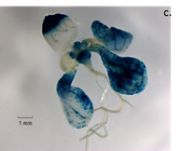
biosensor plant - IRHS Philippe GRAPPIN
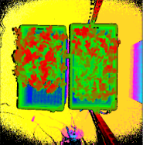
image analysis phenotyping methodIRHS David ROUSSEAU
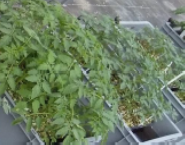
Biostimulant evaluation services A FERRE AREXHOR Pays de la Loire
FeedInTech (SONAS – NOR-FEED (49)) (2018-2020)
Plants and plant extracts for a precision animal nutrition
3 axes of research:
- Product characterization and quantification of active compounds. A method for the total determination of saponins in a complex sample was patented in May 2019.
- Mechanisms of action. FeedInTech uses metabolomics techniques to analyse, understand and explain the physiological effects of plant extract supplementation.
- Biological modeling. Development of a biological prediction model for the development of future products. The study of growth parameters and of the intestinal microbiota of monogastric animals is the subject of a CIFRE thesis.
Contacts : David GUILET, SONAS - Pierre CHICOTEAU, NOR-FEED
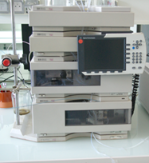
analysis equipment SONAS University of Angers
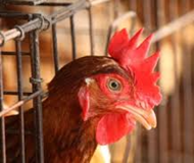
Cock - labcom feedInTech
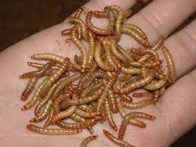
tenebrions
MATCH (IRHS - Hortensias France Production)
Alternative methods to chemical treatments on Hydrangea
3 axes of research:
- Development of alternative methods to fungicides
- Development of alternative methods to dwarfing agents
- Adjustment of fertilizer and alumina sulfate inputs
Short-term strategies aim to improve the cultivation route through light, mechanical stimulation and fertilization. In the medium-long term, the objective is to develop decision support tools: genetic, molecular and biochemical markers, to have biocontrol products against Botrytis and aluminium encapsulation products.
Contacts : Nathalie LEDUC, IRHS - Hanae ROMAN, HFP
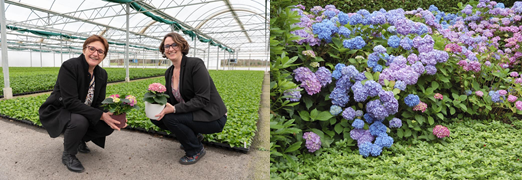
Creation of Green-Impulse start-up based on a technology patented by the University of Angers.
The economic valorisation of research results is one of the objectives of the Objectif végétal programme.
GREEN IMPULSE is dedicated to the development of new strategies to sensitize plant pathogenic fungi, thus enabling better performance and rapid deployment of alternatives to fungicides. GREEN IMPULSE relies in particular on a technology patented by the University of Angers, the SENSITINES®.
This technology aims to weaken the fungus in order to make it more sensitive to the plant's natural means of defence. Thus, the plant defense stimulators on the market, such as the KITAE® product marketed by GREEN IMPULSE, associated with the SENSITINES® are more effective.

logo start-up Green Impulse
Patent for plant protectionAn innovative device for screening and evaluating plant elicitors
This innovation is a ready to use molecular tool to quantify 28 defense markers in a plant tissue by real time quantitative PCR.
It is available on
- apple,
- grape,
- tomato,
- potato,
- wheat
Patent reference: WO/2011/161388, Brisset and Dugé de Bernonville, 2011 - quantitative Loww Density Array (qPFD in French).
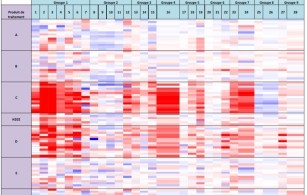

|
Results of qPFD analysis of the stimulation state of the natural defenses of apple seedlings treated with different products (elicitors, tree thinners, growth regulators). |
|
|
scientific contact: marie-noelle.brisset@inrae.fr |
ORCA project (2015-2017)Improve optical properties of plastic films
Region Pays de la Loire funded a collaborative project that gathers two academic and two private partners. This project aims at developping innovating agricultural films (for crops of small and large tunnel) able to optimize the solar spectrum (improved light distribution and better selectivity of certain wavelengths), according to sought/desired impacts on plants :
- early output,
- leaf colour,
- optimization of inputs,
- yield
- ...

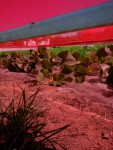
|
|
Contact: soulaiman.sakr@agrocampus-ouest.fr |
PHYSI'HO project (2012 - 2017)Markers of resistance to a hydrangea disease
As part of the PHYSI'HO collaborative project, the Research Institute on Horticulture and Seeds (Inra, Agrocampus-Ouest, Angers University) and the hydrangea producers of Maine et Loire (Chauvin Hortensia, Hortensia France Production, SIcamus Productions) have identified physiological and molecular markers of resistance to a hydrangea disease.
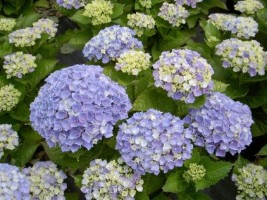
|
|
"The winter storage of Hydrangea is a very sensitive and crucial phase in order to maintain the quality standard demanded by our customers. For many years now, we have struggled to reduce disease-related losses. Together with our colleagues from Angers and our research partners, (IRHS Arch-E team, UP Ephor of Agrocampus Ouest and BIOGER unit of INRA-Grignon) we wante d to deepen our knowledge, hence the implementation of the collaborative project Physi'Ho. This project enabled us to work on three axes (plant physiology, characterization of the pathosystem and climate) to implement an anticipatory production |
|
|
Contact: soulaiman.sakr@agrocampus-ouest.fr |
BELAROSA project (2013 - 2017)a routine test to assess resistance to black spot disease
In partnership with rosierists and the VEGEPOLYS R&D center, researchers of the Research Institute on Horticulture and Seeds developed a routine greenhouse test to assess the resistance of rosebush varieties to black spot disease.
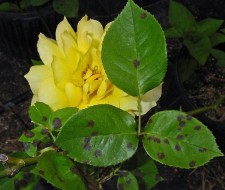
|
|
Contact: laurence.hibrand-saint-oyant@inra.fr |
The test is available at the R&D Center of VEGEPOLYS. Contact: caroline.bonneau @ vegepolys.eu
DIAPOCAR project (2012-2015)to fight against Diaporthe for carrot seed production
|
|
"The Diaporthe / Phomopsis fungus causes an umbel disease that affects the production of carrot seeds. The DIAPOCAR project (CASDAR Sélection) involved public research (IRHS and GEVES-SNES), two seed companies (VILMORIN and HM-CLAUSE) and one technical institute (FNAMS). The project has helped to deepen knowledge of the fungus and to improve the methods of controlling the disease on carrots for seed production." |
|
|
|
|
|
|
Industrial thesis with DESMARTIS nurseriesAssessment of visual quality for plant breeding purposes
The shape of the plant is an important ornamental criterion which determines its commercial value.
The CIFRE thesis carried out by the DESMARTIS nurseries in collaboration with the research units IRHS and GRAPPE made it possible to develop a method for objective measurement of the visual quality of a rose bush.
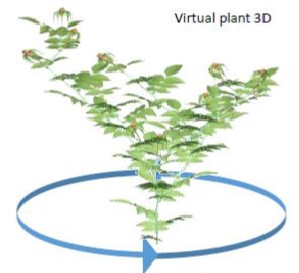
This method is transferable to other ornamental species and allows
to consider visual quality in your breeding programs.
|
|
Contacts: gilles.galopin @ agrocampus-ouest.fr |
.







